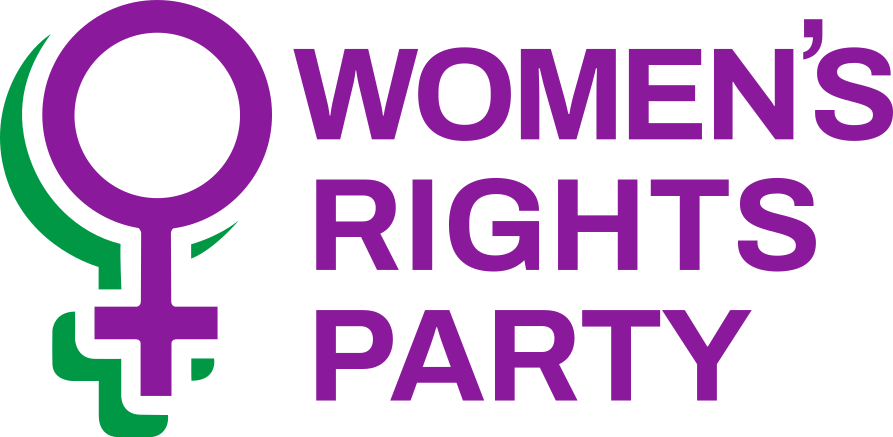Retirement Incomes for Women
Proposal
Add a proposal in Women’s Incomes and Well-being to ensure that employers do not discriminate against women in female-dominated occupations in terms of the employer contribution to KiwiSaver, and to provide for such contributions to continue while women are on maternity leave or caring for family members.
Current policy
Women, due to low pay in typically female jobs, low income over their lifetime, part-time employment and career breaks to raise children, and disadvantage following relationship breakdowns, are more negatively affected financially as we age.
The Women’s Right’s Party advocates for accessible and free financial advice and support to be available to all women, as needed.
Add
A major source of the disadvantage women face in retirement is inequity in retirement savings. In New Zealand, the average KiwiSaver balance for women is 20% lower than the average balance for men across all age groups.
The drivers of KiwiSaver inequity are well understood, and it is clear that more can be done by the Government to improve equity in retirement incomes for women. We support the following proposals:
- Require an employer to treat all its employees the same when it comes to the employer KiwiSaver contribution.
- Address pay equity. The “pay gap penalty” on KiwiSaver contributions is equivalent to an additional three or more years of retirement income; a meaningful difference in spending potential as women tend to live longer than men.
- Continue employer contributions to KiwiSaver during maternity leave.
- Address the so-called “motherhood penalty” with a contribution by the State to carers’ KiwiSaver funds, that recognises the social value of childcare provided by those who are not in paid employment (usually mothers) and by those who are the primary carers for dependants and other family members who need a high degree of support.
Rationale
Sex-based discrimination in employer contributions
One of New Zealand’s largest employers of women, Health NZ Te Whatu Ora, contributes the minimum statutory 3% KiwiSaver employer contribution to its women-dominated workforces; nurses, midwives, clerical workers, cleaners and food services workers. But the historically male-dominated doctors and dentists are paid a 6% employer contribution on their much higher salaries. Such arguably sex-based discrimination by the same employer is lawful under the Human Rights Act.
Requiring an employer to treat all its employees the same when it comes to the employer KiwiSaver contribution would address this issue.
Pay Equity
Addressing pay equity would increase contributions for a woman working full-time on the median wage by around 9.0%, according to the NZIER. For a woman working full-time and earning the median wage, the pay gap penalty on KiwiSaver contributions at 65 years old is between $35,000 and $56,000. The difference is equivalent to an additional 3 or more years of retirement income; a meaningful difference in spending potential as women tend to live longer and retire sooner than men.
Maternity Leave payments
Continuation of payments during maternity leave would make a huge difference to women. The NZIER has estimated the effect of motherhood on KiwiSaver balances at age 65 to be between $58,000 and $318,000 if motherhood leads to part-time work or leaving the labour force, compared to full-time employment.
The cost to employers of continuing payments on behalf of their valued employees would be $4000 a year. For business, such an investment in staff wellbeing and loyalty is a potential cost of recruiting new employees and the costs of getting them up to speed.
Many large businesses in New Zealand already offer women this employee benefit. Unfortunately this is not reflected across the public sector.
State contributions to carers’ KiwiSaver funds
The NZIER has recommended that the State contributes to carer’s KiwiSaver funds as a way to close the retirement savings gap for those who are the primary carer for dependants and other family members in need of a high degree of support, such as people with severe disabilities, health problems or age-related care needs.
The NZIER Report on inequity of women in retirement provided evidence that carer roles are more often filled by women in the family than men. They quoted recent survey results showing that women were most likely to report that they did most or all of the childcare and homeschooling during the COVID-19 lockdowns in New Zealand.
Unlike professional carers, family members and mothers do not receive compensation for the service they provide to society. The NZIER Report referred to studies that show women are far more likely to provide informal care to elderly parents and to reduce their hours or to retire early to do so. Women are also more likely than men to retire early to help care for grandchildren.
Carer payment approaches are used in a number of countries. A carer contribution ystem can be designed in a number of ways, including direct payments into KiwiSaver funds on behalf of the mother or carer to compensate them for the forgone savings.
In Luxembourg, contributions to pension funds are made for the first four years of a child’s life. Estonia pays employer contributions during childcare periods (limited to three years per child). These examples support the primary carer to parent before the child starts school.
In New Zealand, this would make a positive material contribution to mitigating the “motherhood penalty”, especially for women who do not return to work between children and cannot access the benefits of maternity leave for subsequent children. The Government could contribute 3% of the national median wage to KiwiSaver accounts for those not participating in the labour force due to being the primary carer of children or adults. This could be adjusted for part-time or full-time departures from the labour force.

